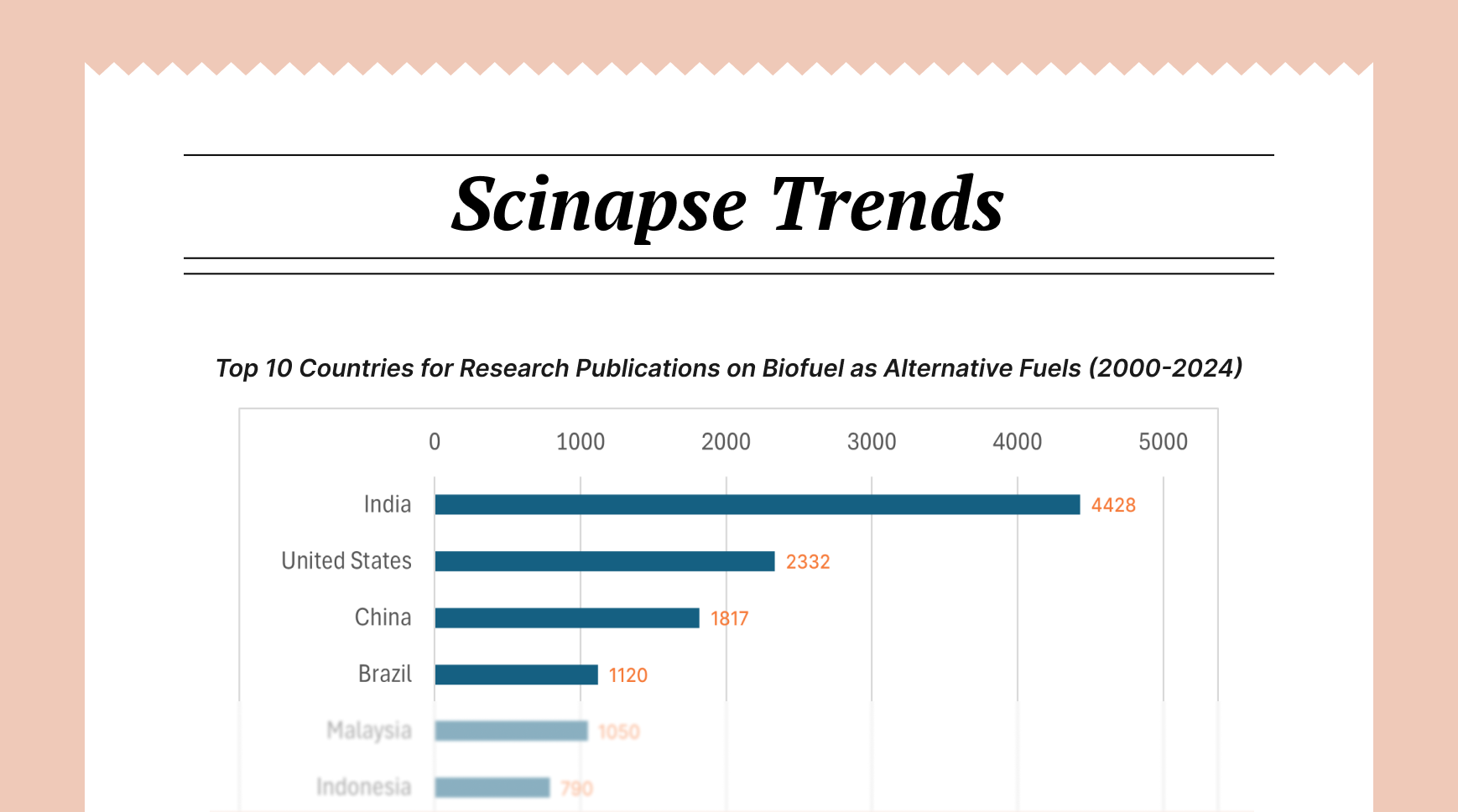How to Identify and Fill Research Gaps Through Literature Reviews

One of the most valuable outcomes of a well-executed literature review is the identification of gaps in existing research. These gaps represent opportunities for meaningful contribution to a field—spaces where knowledge remains incomplete, methodologies untested, or theoretical frameworks underdeveloped. For researchers, the ability to identify and subsequently fill these gaps is essential for advancing knowledge and establishing the significance of their work. This article explores systematic approaches to identifying research gaps through literature reviews and effective strategies for positioning new research to address these gaps.

Understanding Research Gaps
Types of Research Gaps
Research gaps come in various forms, each suggesting different opportunities for scholarly contribution:
- Knowledge gaps: Areas where empirical evidence is limited, contradictory, or absent.
- Theoretical gaps: Inadequacies in existing theoretical frameworks or opportunities for theoretical integration.
- Methodological gaps: Limitations in how phenomena have been studied or measured.
- Population gaps: Under-studied populations or contexts that limit the generalizability of existing findings.
- Analytical gaps: Opportunities for new analytical approaches or interpretative frameworks.
- Temporal gaps: Needs for longitudinal research or updated studies in rapidly evolving fields.
The Significance of Gap Identification
Identifying research gaps serves multiple functions in the academic research process:
- It establishes the originality and contribution of new research
- It provides direction and focus for research questions
- It ensures that research efforts build upon rather than duplicate existing knowledge
- It helps researchers position their work within ongoing scholarly conversations
- It facilitates the advancement of theoretical understanding and practical applications
Systematic Approaches to Identifying Research Gaps
1- Critical Analysis of Individual Studies
The identification of research gaps begins with the critical evaluation of individual studies. When reviewing literature, researchers should examine:
- Explicit limitations: Research gaps openly acknowledged by authors in their discussions of limitations
- Methodological constraints: Weaknesses in research design, sampling, measurement, or analysis
- Scope limitations: Narrow contextual boundaries that limit generalizability
- Theoretical assumptions: Underlying assumptions that may constrain findings or interpretations
- Unanswered questions: Questions raised but not addressed within the study
This critical reading approach requires looking beyond what studies have accomplished to consider what they have left unaddressed.
2- Synthesis Across Studies
While individual studies may suggest potential gaps, systematic synthesis across multiple studies provides a more comprehensive view of where knowledge is incomplete:
- Mapping coverage: Systematically categorizing studies to identify areas with sparse research
- Contradictory findings: Identifying inconsistencies that suggest inadequate understanding
- Methodological patterns: Recognizing persistent methodological limitations across studies
- Theoretical inconsistencies: Noting theoretical frameworks that fail to align or integrate
- Chronological analysis: Examining how research has evolved and where progress has stalled
3- Structured Gap Identification Frameworks
Several structured frameworks can facilitate systematic identification of research gaps:
- SPIDER Framework (Sample, Phenomenon of Interest, Design, Evaluation, Research type): Helps identify gaps across different dimensions of research design and focus.
- Evidence Gap Maps: Visual representations that highlight areas where evidence is strong versus weak or absent.
- Concept Matrices: Tabular formats that cross-reference key concepts, theories, or variables with existing studies, making gaps visually apparent.
- Meta-Narrative Mapping: Traces how research traditions have evolved over time, identifying areas where traditions have not yet intersected or addressed certain questions.
These structured approaches provide systematic methods for mapping existing knowledge and identifying spaces for contribution.
Strategies for Articulating Research Gaps
1- The "Problematization" Approach
Rather than simply identifying what is missing, Alvesson and Sandberg (2011) advocate for "problematization"—critically questioning the assumptions underlying existing research. This approach involves:
- Identifying the assumptions that dominate current thinking
- Challenging these assumptions through critical analysis
- Developing alternative assumptions that open new research directions
- Evaluating the theoretical and practical relevance of these alternatives
This approach moves beyond gap-spotting to generate more innovative and impactful research questions.
2- Contextualizing Gaps
Effective articulation of research gaps requires placing them within the broader context of the field:
- Explaining why the gap matters for theoretical advancement
- Demonstrating the practical implications of addressing the gap
- Connecting the gap to broader research priorities or challenges
- Showing how filling the gap builds upon existing knowledge
3- Using Visualization Techniques
Visual representations can powerfully communicate research gaps:
- Conceptual maps showing areas of strong versus limited evidence
- Matrices depicting the intersection of variables, methods, or contexts
- Chronological timelines showing the evolution of research focus
- Network analyses illustrating connections between studies and concepts
These visual approaches not only identify gaps but make them immediately apparent to readers, strengthening the rationale for new research.
From Gap Identification to Research Design
1- Formulating Research Questions
Once meaningful gaps have been identified, they must be translated into focused research questions:
- Scope the question to address a specific aspect of the gap
- Ensure the question is answerable through empirical investigation
- Frame the question to build upon existing knowledge
- Consider the theoretical and practical implications of the question
2- Selecting Appropriate Methodologies
The nature of the identified gap should inform methodological choices:
- Knowledge gaps may require exploratory or descriptive approaches
- Theoretical gaps might necessitate theory-building methodologies
- Methodological gaps may call for innovative research designs
- Population gaps often require sampling strategies that include previously excluded groups
The alignment between the identified gap and methodological approach strengthens the potential contribution of the research.
3- Anticipating Contributions
Researchers should clearly articulate how their work will address identified gaps:
- Theoretical contributions: How findings will extend, refine, or challenge existing theories
- Methodological contributions: How approaches will overcome previous limitations
- Empirical contributions: How new evidence will fill knowledge voids
- Practical contributions: How addressing the gap will inform practice or policy
This forward-looking stance connects gap identification to the ultimate purpose of research—knowledge advancement.
Challenges in Gap Identification and Mitigation Strategies
1- The "Novelty Trap"
Researchers sometimes overemphasize novelty, leading to artificial or trivial gap identification. To avoid this:
- Focus on substantive rather than superficial gaps
- Prioritize significance over mere absence
- Consider how gaps relate to fundamental questions in the field
- Balance novelty with connection to existing knowledge
2- Navigating Emerging Fields
In rapidly evolving or emerging fields, gaps may be numerous but shifting. Strategies include:
- Focusing on foundational knowledge gaps that will remain relevant
- Identifying methodological approaches that can adapt to evolving questions
- Considering theoretical frameworks that can accommodate new developments
- Engaging with research communities to understand evolving priorities
This forward-looking perspective ensures that gap-filling research remains relevant as fields evolve.
The identification and articulation of research gaps represent essential skills for scholars seeking to make meaningful contributions to their fields.
Effective gap identification moves beyond simply noting what is missing to understanding why these absences matter and how addressing them advances knowledge. By connecting gap identification to research design and anticipating specific contributions, researchers can ensure that their work not only fills voids but builds bridges to future inquiry.
As fields continue to evolve and knowledge continues to expand, the ability to identify meaningful research gaps will remain a cornerstone of impactful scholarship—enabling researchers to position their work at the growing edges of understanding where contributions are most needed and most valued.
Author: Uttkarsha B
- AI-Ethicist and STM Research & Publishing Expert
Never re-search again.
Scinapse is made by researchers for researchers.
Join the next generation of research at ⏯️ https://scinapse.io/
Pluto Labs
Pluto Labs helps researchers focus on their research by improving several inefficiencies in the academic research process. We offer data-driven insights from academic papers, allowing users to easily obtain review-level results for their desired range of papers.
https://pluto.im/





Comments ()